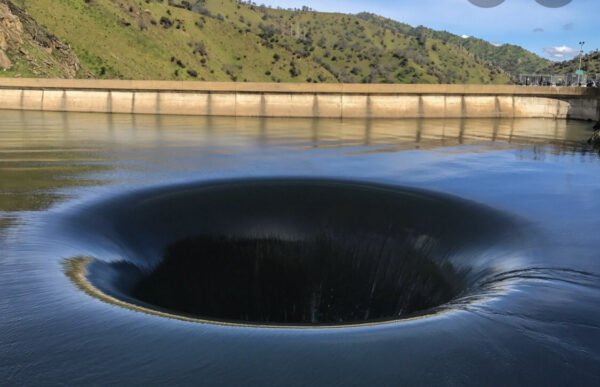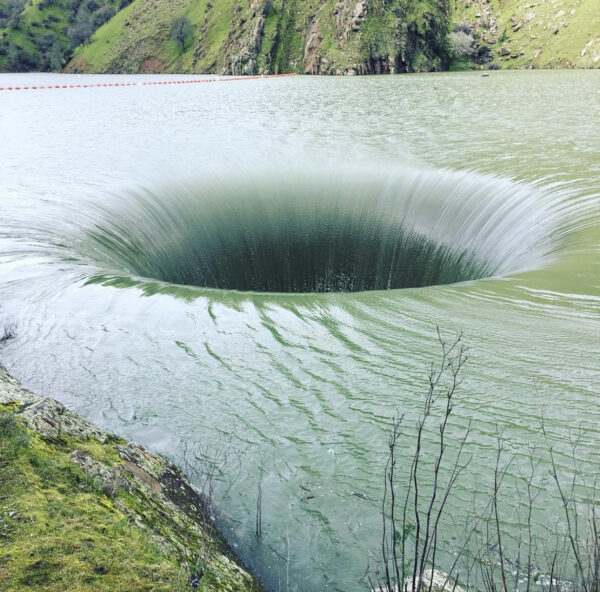The Glory Hole ; has anyone fell in Lake Berryessa ?
Lake Berryessa, also referred to as “The Glory Hole,” is located in Nepa Valley, California. It was named in 1843 after the first Europeans to discover it, José Jesús and Sexto “Sisto” Berrelleza.
The lake was dammed in 1953 to provide electricity and water for the northern Bay Area.
Read also: 8 Items You Should Never Share With Others

Table of Contents
How does the The Glory Hole works?
Its main construction design involved constructing a spillway, one of the most significant drains in the world that controlled excess water.
Thus, a bell-mouth spillway design was chosen for the lake, though it was commonly called a “Glory hole” or “Morning glory.”
The glory hole is a giant concrete funnel that sticks out of the dam, having a diameter of 75 feet at the top and a base of 28 feet.
The Glory hole of lake Berryessa
When the lake’s surface level rises to over 440 feet above sea level, which is pretty close to overflowing the dam, it subsumes the funnel, and then water starts to drain out, just like draining water from a bathtub.
How deep is The Glory Hole?
It helps prevent flooding disasters for nearby residents during heavy rainfall, as the glory hole collects the overflowing water and then transports it 2,000 feet into the nearby Creek called Putah.
The lake can hold 2 million megalitres of water before flowing into the hole.
Many visitors say that the draining process creates a hypnotizing swirl. Swimmers and boaters are constantly advised to steer away from the spillway; though the lake is relatively safe to use even when the water is over its limit, the current from the spillway is neither strong nor fast.
Read also: Fishery Business Plan | Proposal On Fish Farming

Has anyone fell in Lake Berryessa ?
Authorities claimed that only one person has died in the spillway ever since its creation, and that was Emily Schwalek, 41; she died there in 1997.
Emily has reportedly swum towards the hole on a Sunday evening. She gripped the edge of the hole for about 20 minutes before being sucked into the hole.
The other living thing to be sucked into the hole was a bird, and it survived the 75-meter drop and flew out unharmed.
For most of the year, the largest lake in Napa County, California, looks like any other lake with swimmers, water skiers, boaters, fishers, kayakers, canoers, and many others, but it has been ranked as one of the most dangerous lakes in Northern California due to the number of boating-related accidents and injuries.











